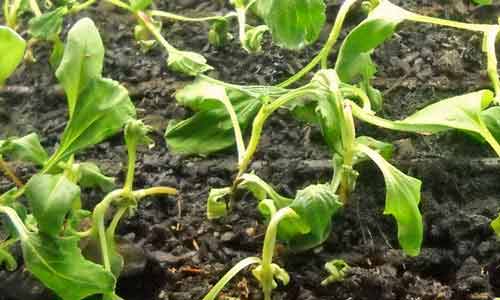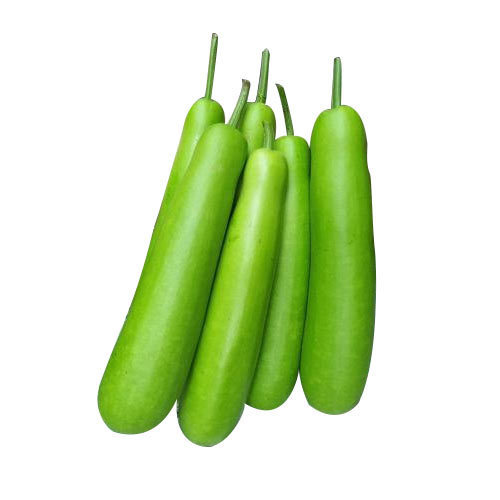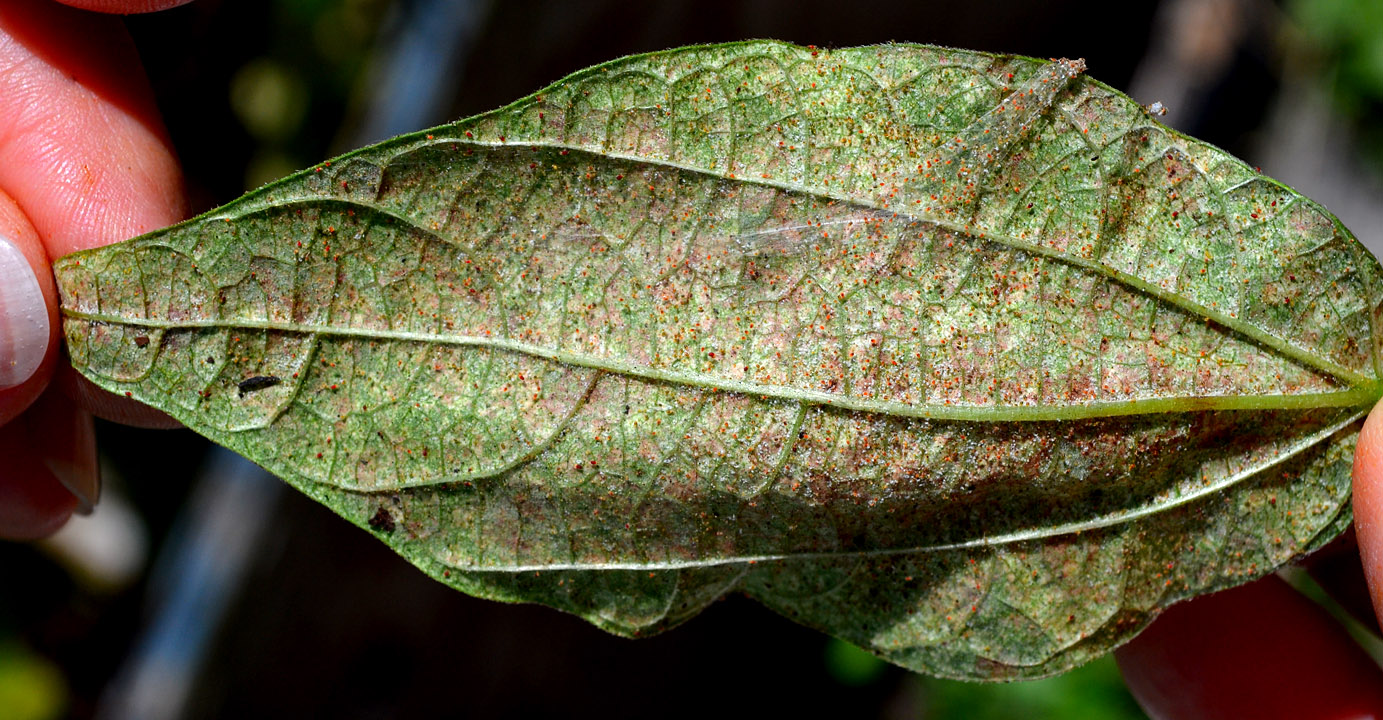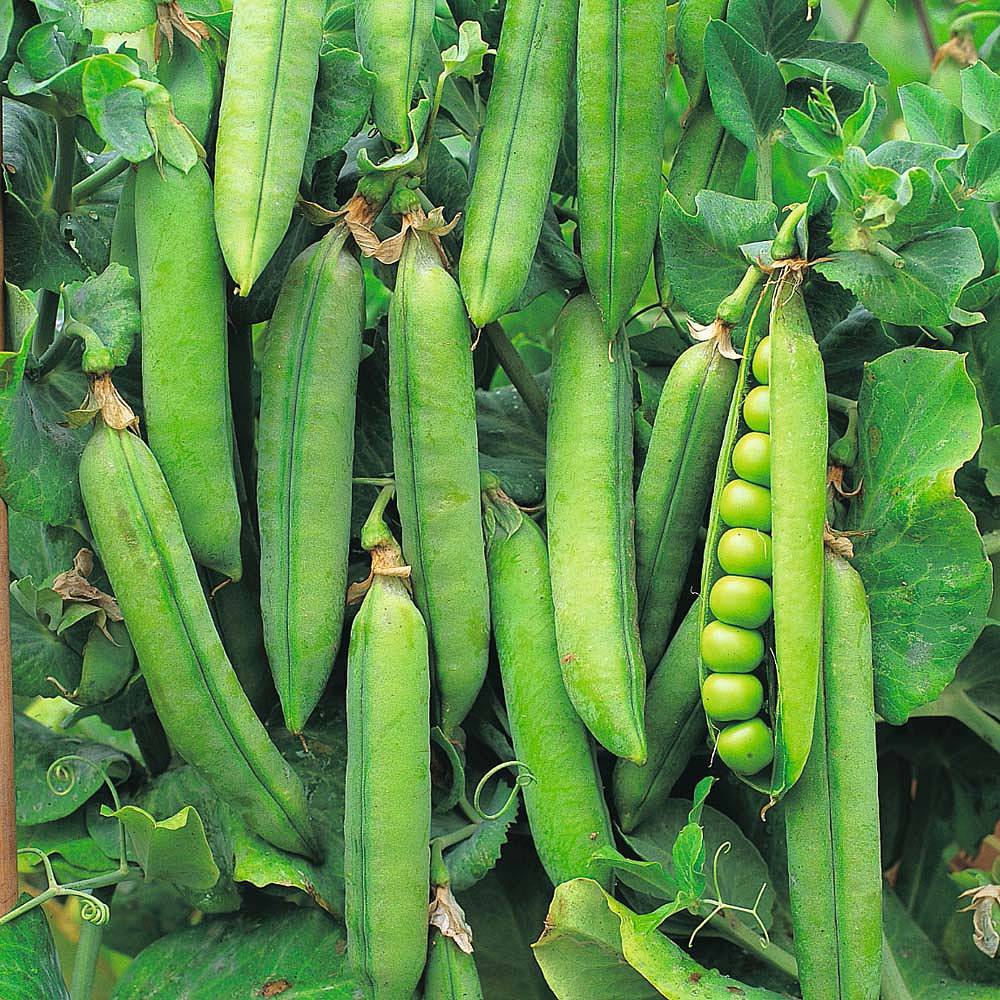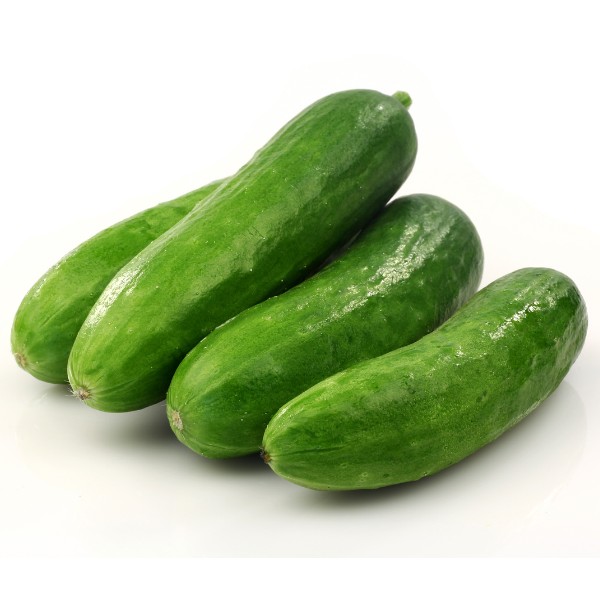Damping Off Disease in Brinjal:-
- Seeds may rot before germination or seedlings may die prior to emergence.
- Young seedlings develop a rot at the crown, later, the tissue becomes soft and constricted and the plants wilt and fall over.
Management:-
- Healthy seed should be selected for sowing.
- The seed should be treated with Thiram @ 2 g/kg of seed before sowing.
- Continuous raising of nursery in the same plot should be avoided.
- The top soil of nursery should be treated with Carbendazim 50% WP @ 5 g/m area of the soil and nursery should be drenched with Carbendazim+Mancozeb 75% WP @ 3 g/litre of water at fortnightly interval.
- Soil solarization by spreading 250 gauge polythene sheet over the bed for 30 days before sowing in summer season in the month of May should be done.
- Application of bio-control agent Trichoderma viride in soil @ 1.2 kg/ha is also found effective to control damping-off to considerable extent.
Like and share with other farmers by clicking on button below.
Share
